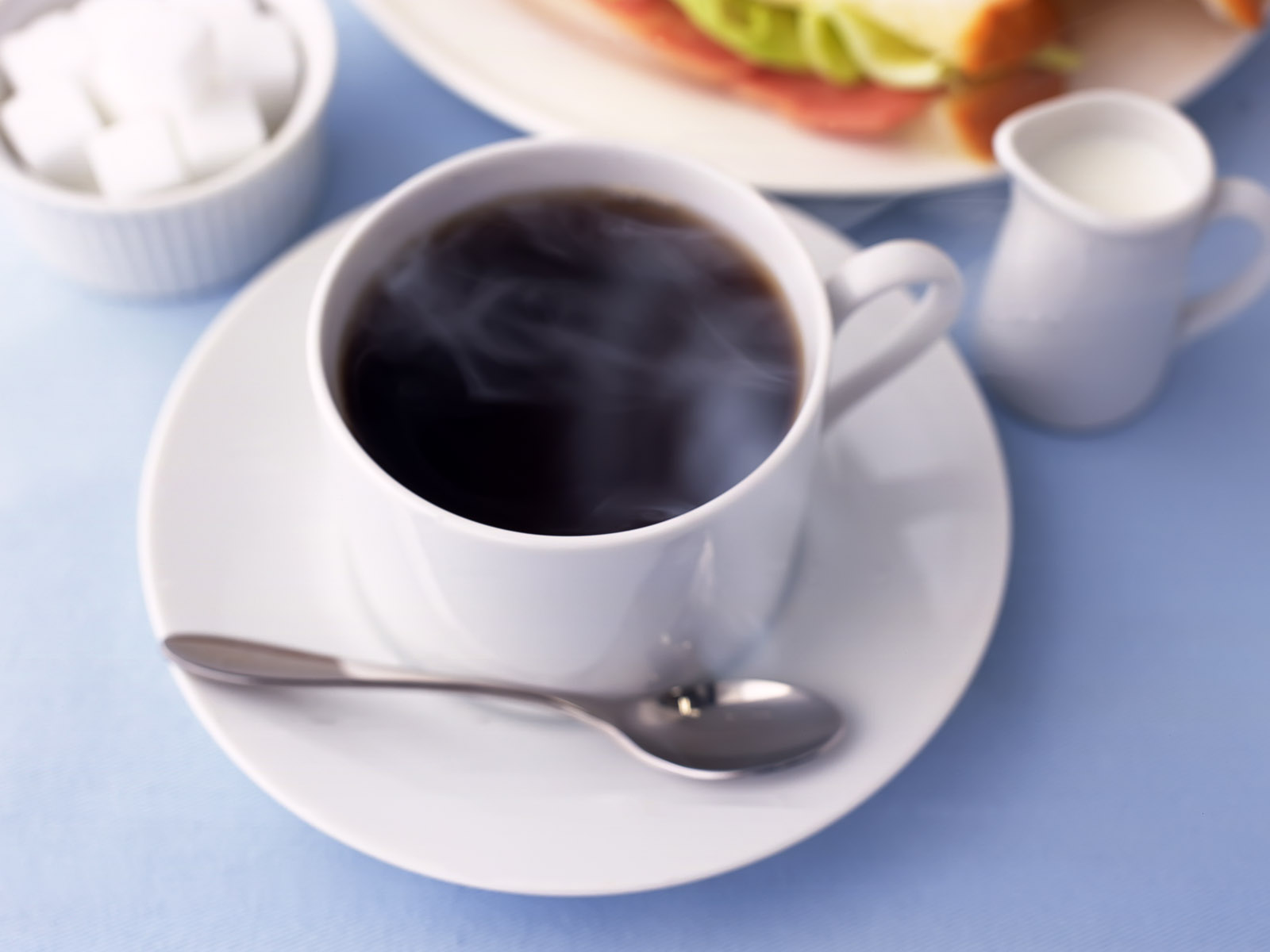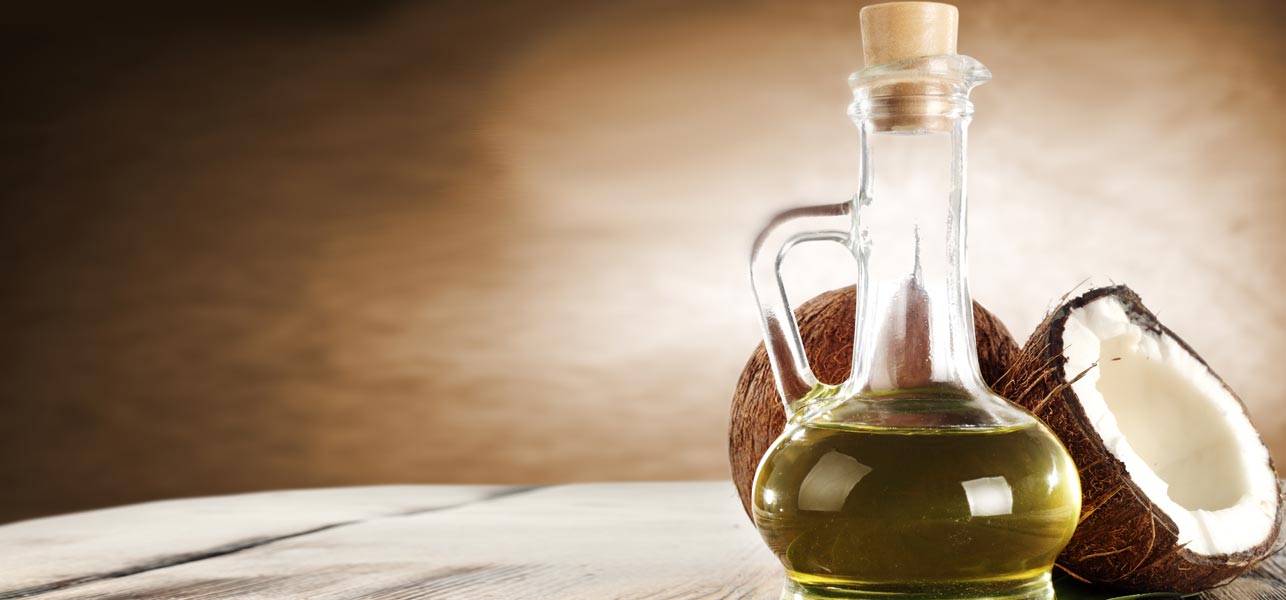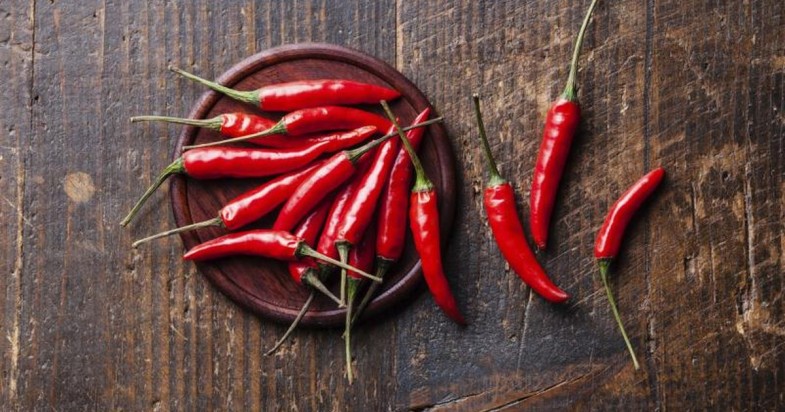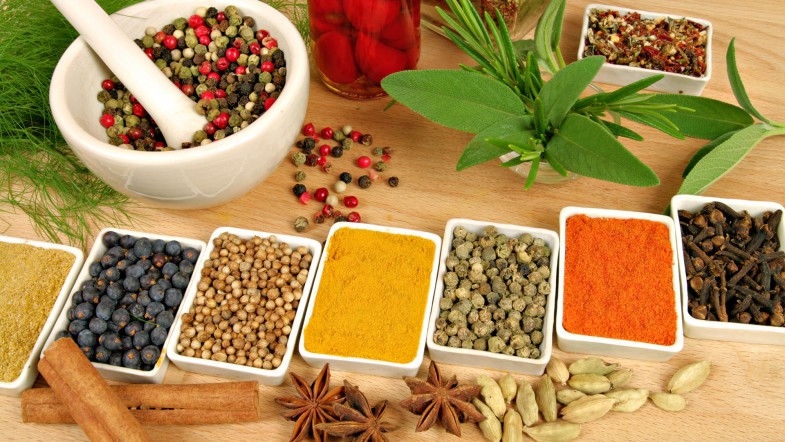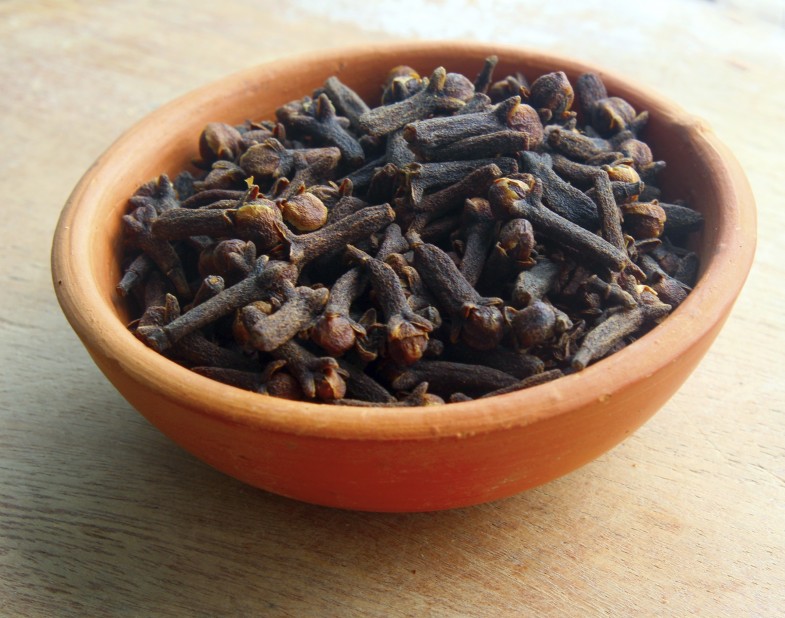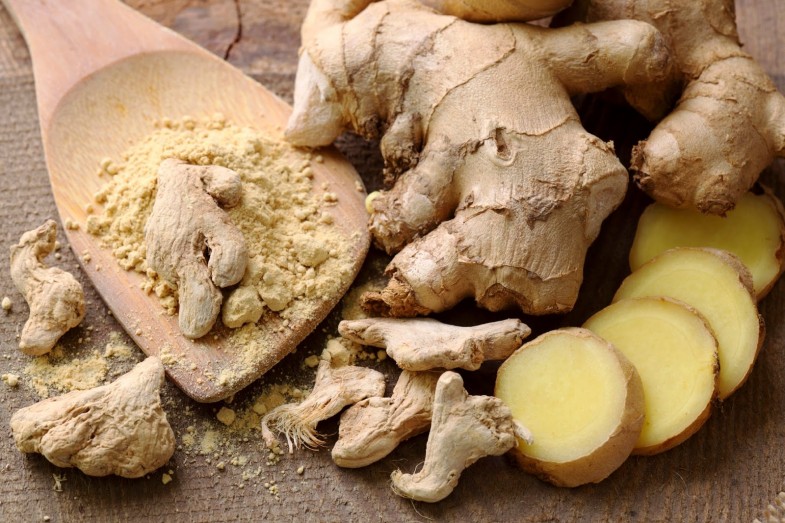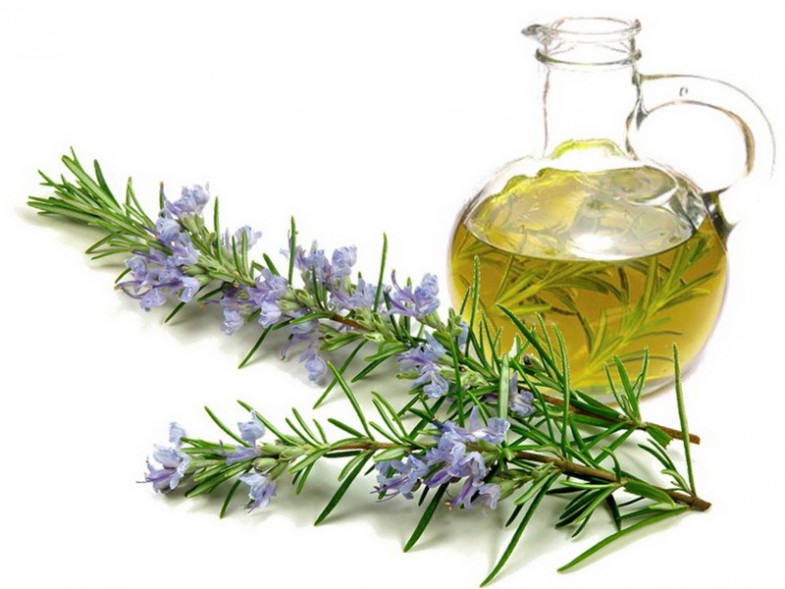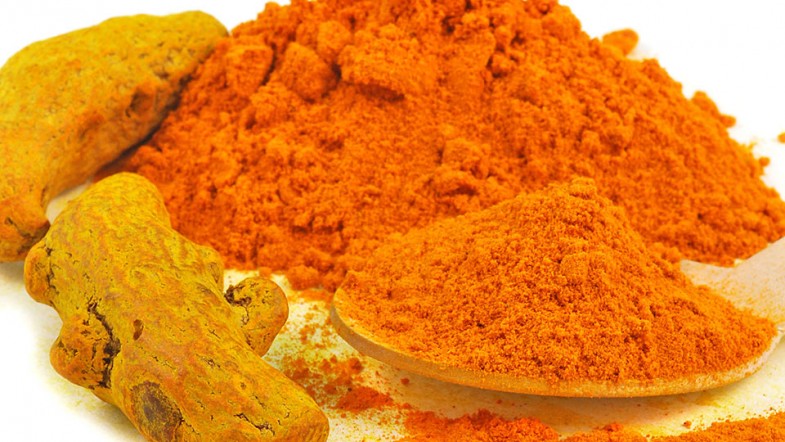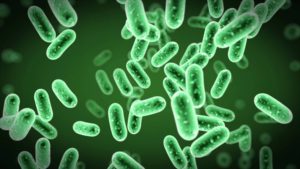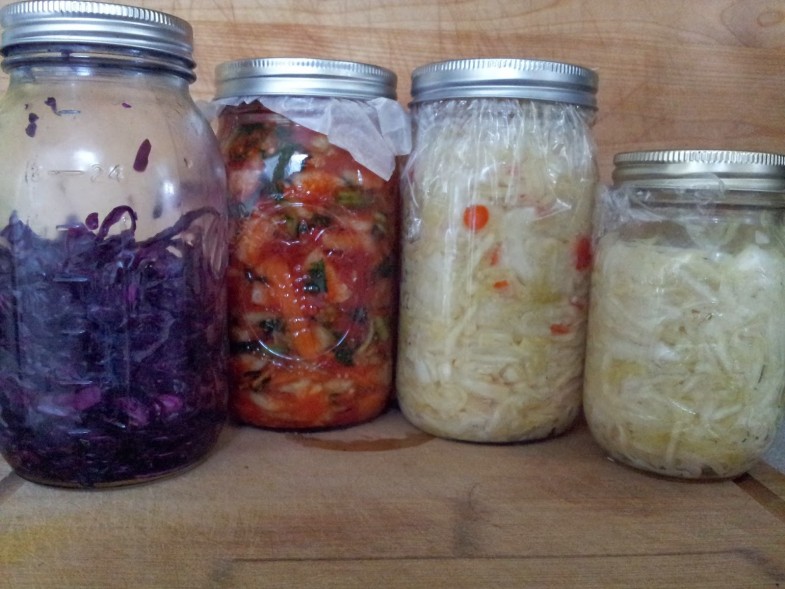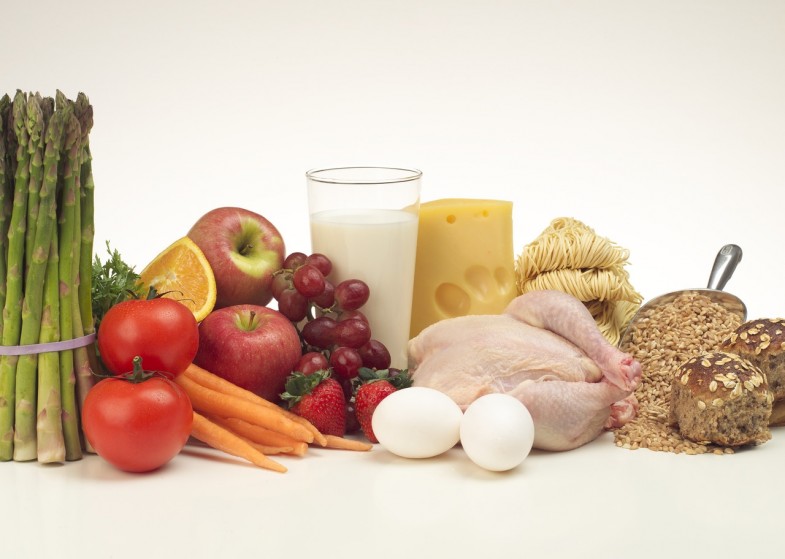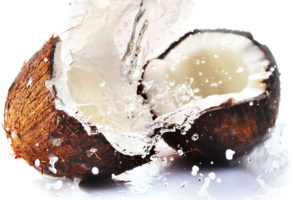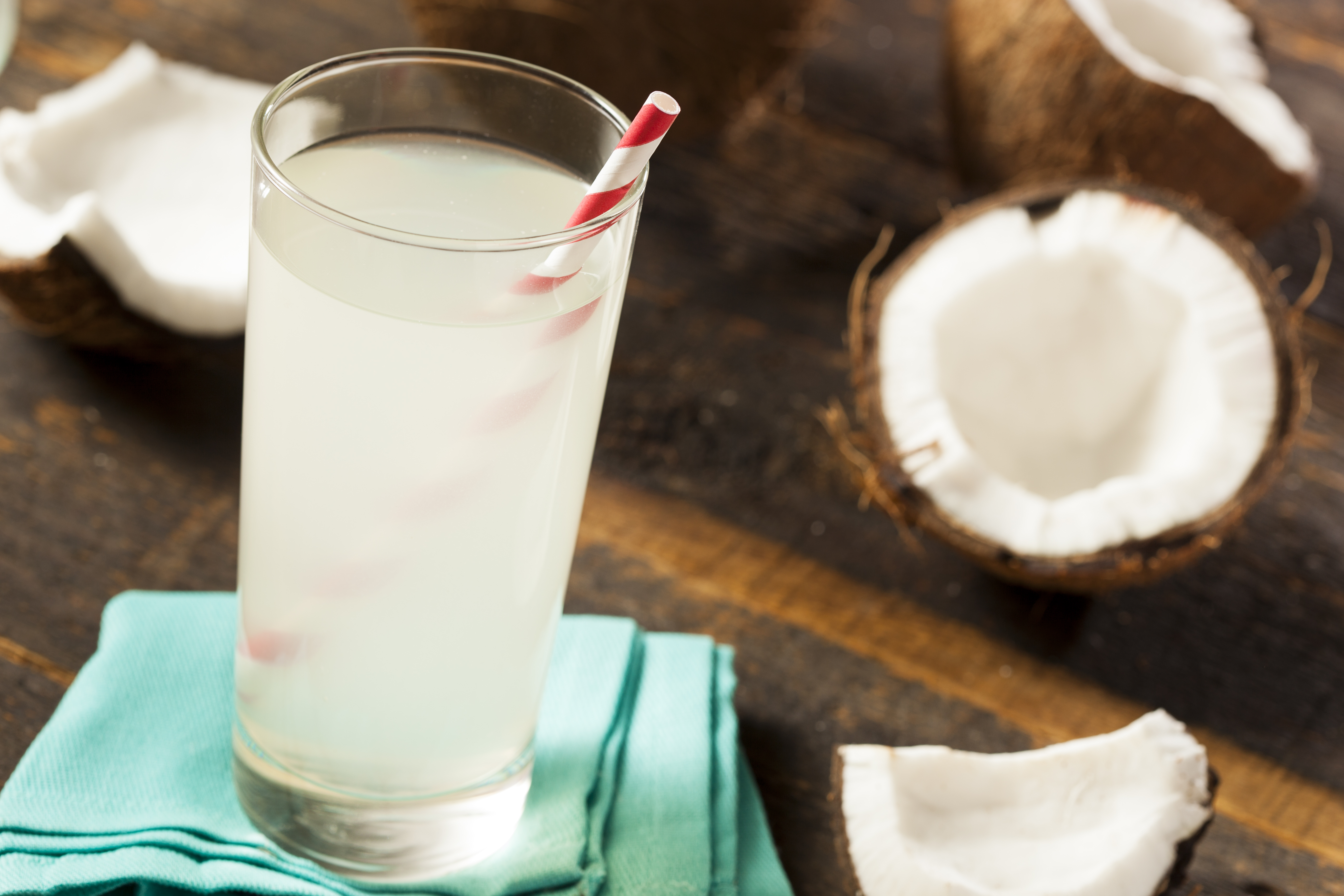
For his 2017 “kick-off” blog, Peter Diamandis has reviewed more than 52 weeks of science and technology breakthroughs. He discovered that scientists have made huge strides in research and testing in 2016 that make the end of cancer & disease a real possibility in the near future.
Most well known as the Founder of the X-Prize, Diamandis is also the Co-Founder and Vice-Chairman of Human Longevity Inc. (HLI), a genomics and cell therapy-based diagnostic and therapeutic company focused on extending the healthy human lifespan.
Here are his top 10 reasons we should all have faith that the end of cancer and disease is in sight.
- Cancer Immunotherapy Makes Strides (Extraordinary Results): Immunotherapy involves using a patient’s own immune system (in this case, T cells) to fight cancer. Doctors remove immune cells from patients, tag them with “receptor” molecules that target the specific cancer, and then infuse the cells back in the body. During the study, 94% of patients with acute lymphoblastic leukemia (ALL) saw symptoms vanish completely. Patients with other blood cancers had response rates greater than 80%, and more than half experienced complete remission.
- In China, CRISPR/Cas9 used in First Human Trial: A team of scientists in China (Sichuan University) became the first to treat a human patient with an aggressive form of lung cancer with the groundbreaking CRISPR-Cas9 gene-editing technique.
- NIH Approves Human Trials Using CRISPR: A team of physicians at the University of Pennsylvania’s School of Medicine had their project of modifying the immune cells of 18 different cancer patients with the CRISPR-Cas9 system approved by the National Institute of Health. Results are TBD.
- Giant Leap in Treatment of Diabetes from Harvard: For the first time, Harvard stem cell researchers created “insulin producing” islet cells to cure diabetes in mice. This offers a promising cure in humans as well.
- HIV Genes Cut Out of Live Animals Using CRISPR: Scientists at the Comprehensive NeuroAIDS Center at Temple University were able to successfully cut out the HIV genes from live animals, and they had over a 50% success rate.
- New Treatment Causes HIV Infected Cells to Vanish: A team of scientists in the U.K. discovered a new treatment for HIV. The patient was treated with vaccines that helped the body recognize the HIV-infected cells. Then, the drug Vorinostat was administered to activate the dormant cells so they could be spotted by the immune system.
- CRISPR Cures Mice of Sickle Cell Disease: CRISPR was used to completely cure sickle cell by editing the errant DNA sequence in mice. The treatment may soon be used to cure this disease, which affects about 100,000 Americans.
- Eradicating Measles (in the U.S.): The World Health Organization (WHO) announced that after 50 years, they have successfully eradicated measles in the U.S. This is one of the most contagious diseases around the world.
- New Ebola Vaccine Proved to be 100% Effective: None of the nearly 6,000 individuals vaccinated with rVSV-ZEBOV in Guinea, a country with more than 3,000 confirmed cases of Ebola, showed any signs of contracting the disease.
- Eradicating Polio: The World Health Organization has announced that it expects to fully eradicate polio worldwide by Early 2017.
You can read more from Peter Diamandis’ blog here.



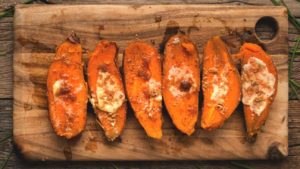

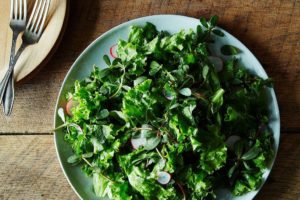

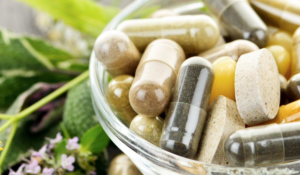

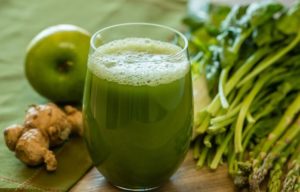
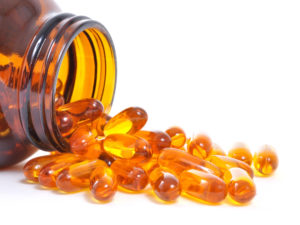
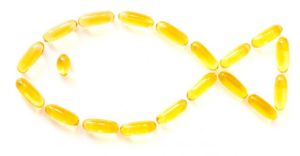
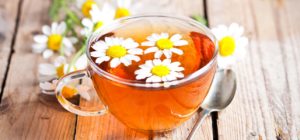
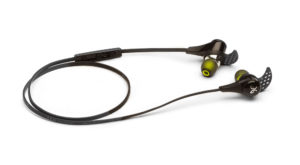

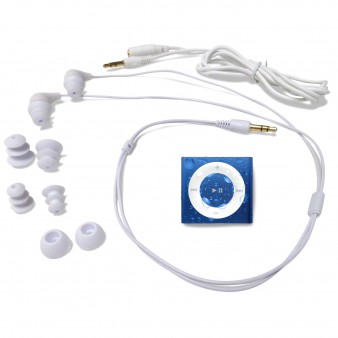
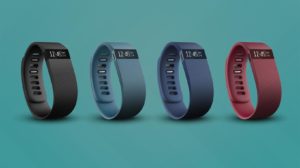
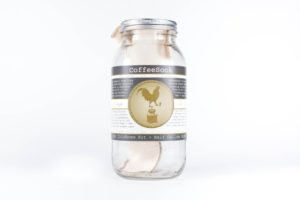
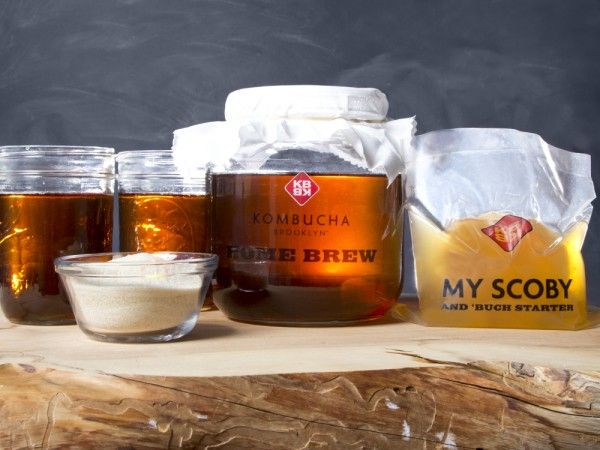
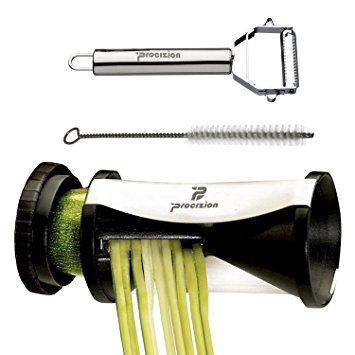
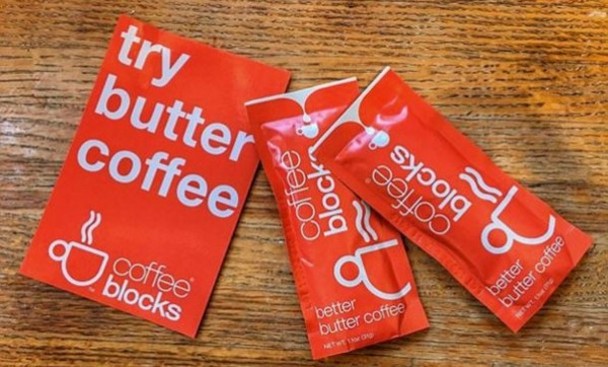




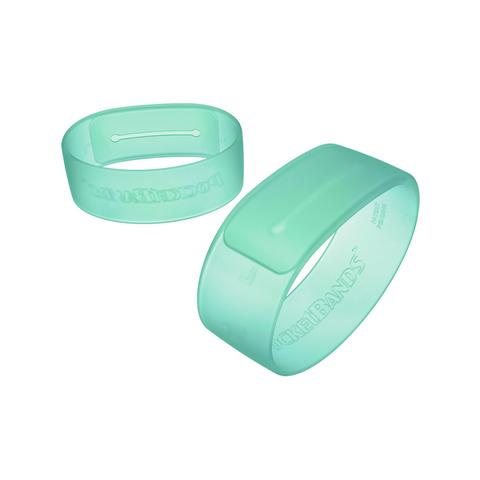

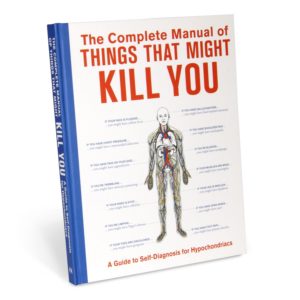

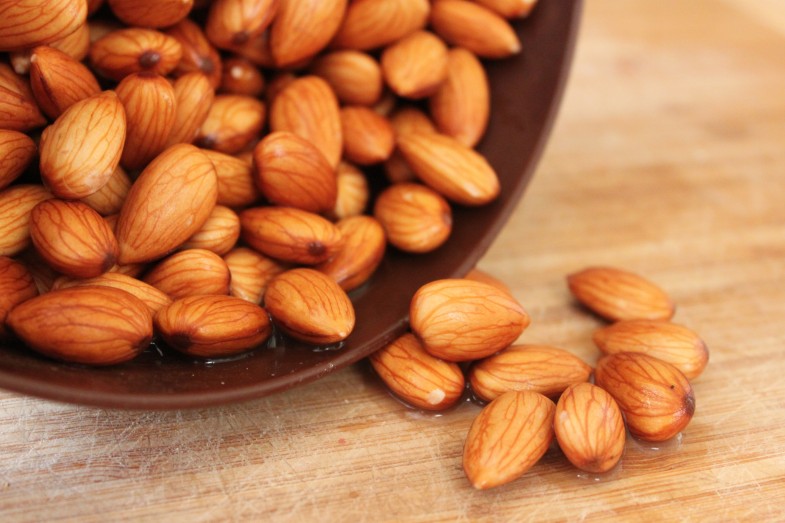
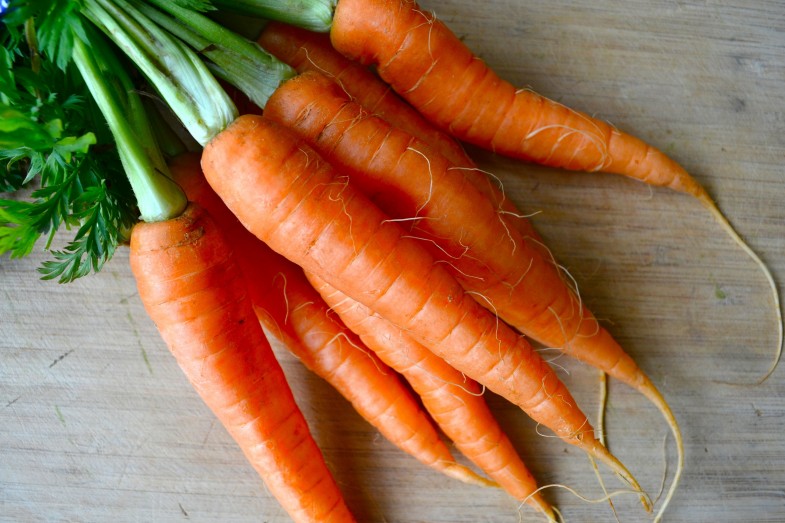
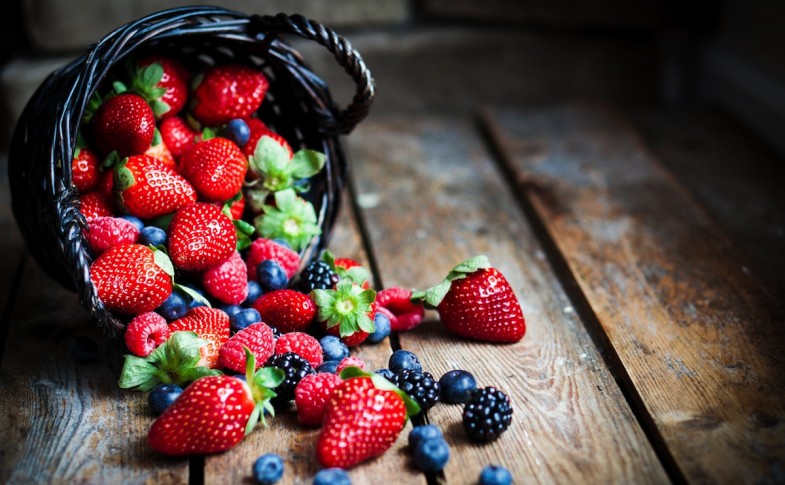
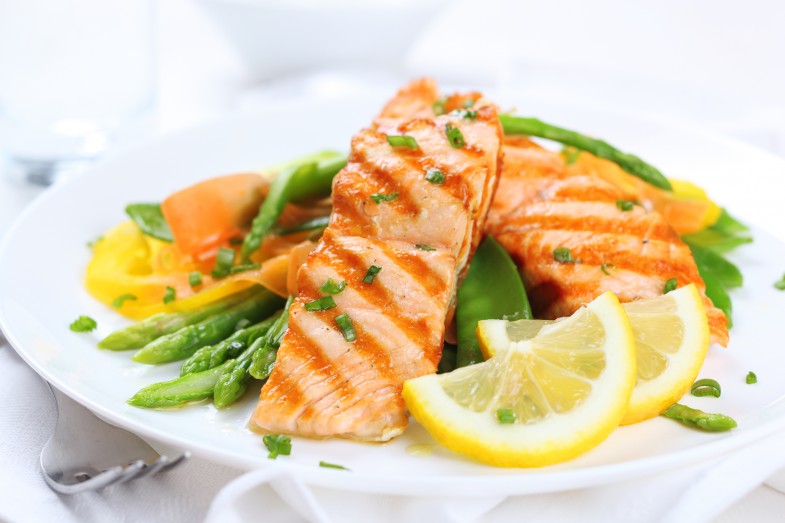
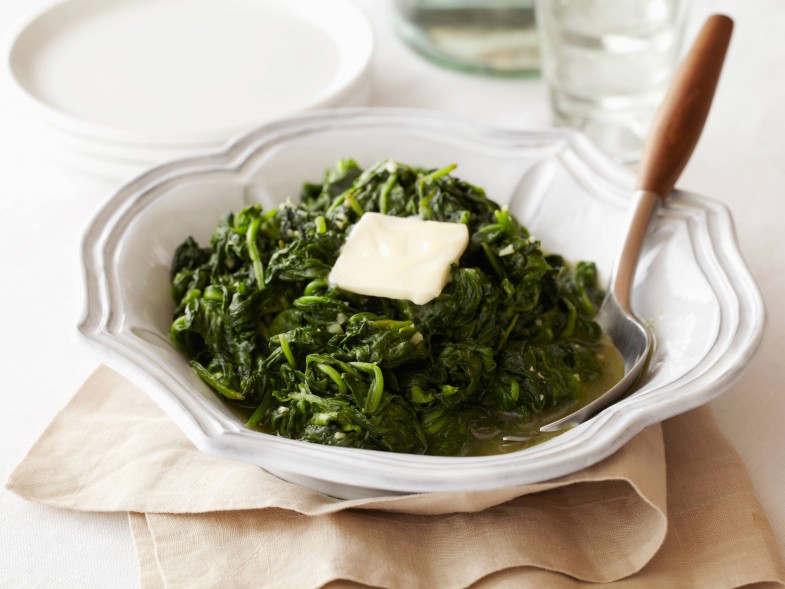
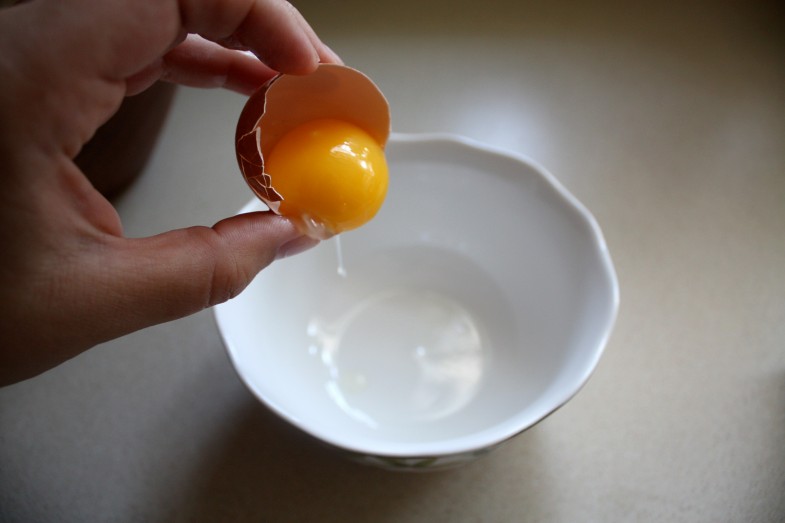 Photo:kitchenplatter.com
Photo:kitchenplatter.com


